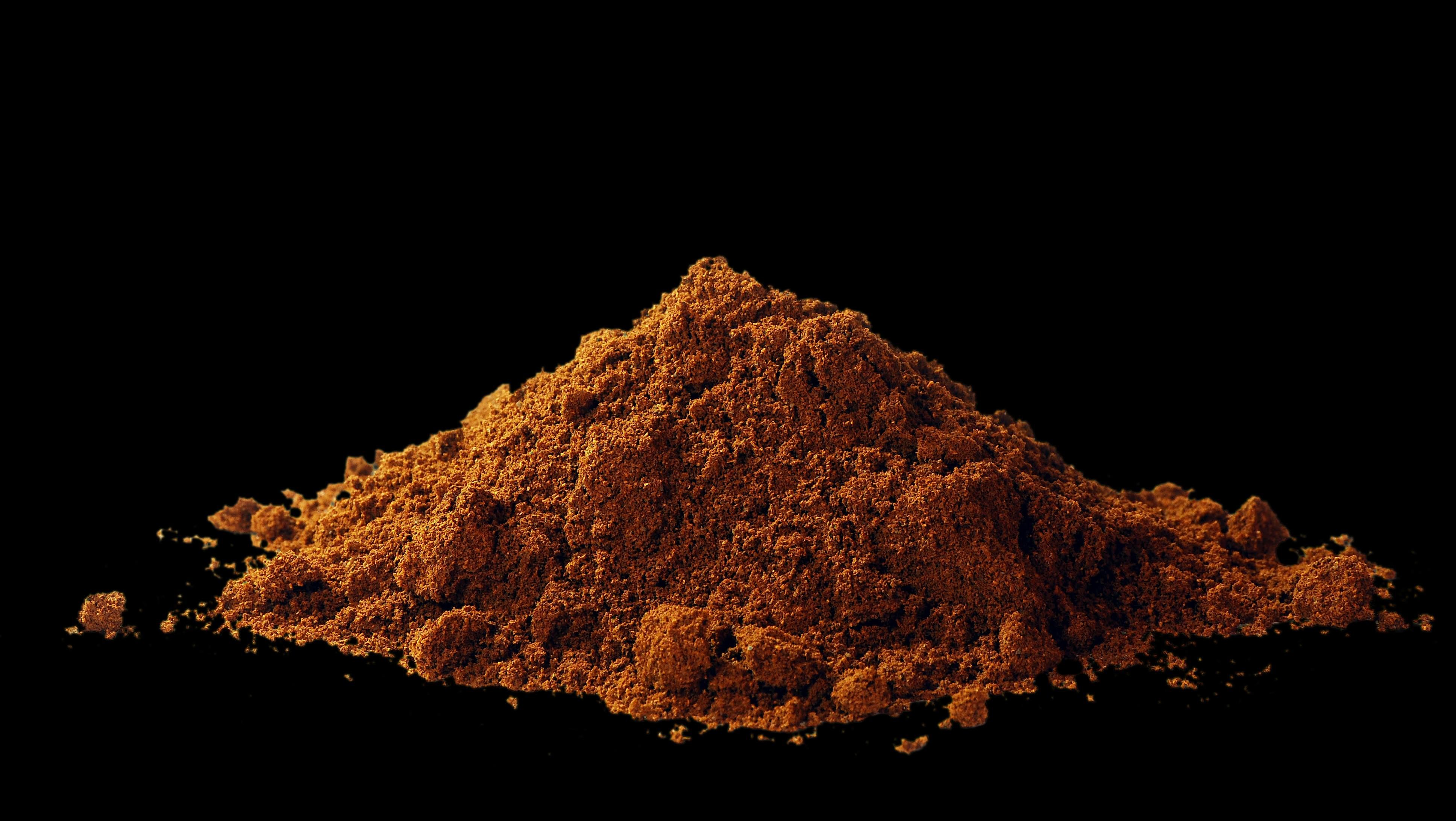Please select your preferred language
Blog
Watching the Grind size
The Evolution of Coffee Craft


Shot times are one of the first things every Barista learns about. Also called contact time or extraction time, it’s crucial for both quality and consistency of an espresso. The two main factors that influence shot times are pump pressure and resistance of the coffee bed. The coffee bed’s resistance is primarily affected by how much coffee there is and the grind size.
In the previous post we talked about Dose (how much coffee there is), which is one half of this relationship. If your dose is varying then your resistance will too. This variable needs to be decided upon and consistent for shot times to have a hope of being consistent. After that, we’re left with grind size.
As all Baristas know, adjusting the grinder finer will slow the shots, and vice versa. This relationship is well understood and under no debate. On an espresso bar you hope that the grinder won’t need too many adjustments during service, but it invariably will. This can be due to temperature of the beans and grinder, degassing, water pressure, and many other factors. Keeping an eye on this ever-changing shot time throughout the day is rather tiresome. I like to think of it as a chef having to watch the thermostat of the oven to make sure it’s at the right temperature. Kind of absurd, right?
Add to this that humans tend to react late. A Barista would rather not adjust the grind because it’s another task that takes time and wastes coffee. Adjusting too often also feels like a kind of failure, even though it’s out of one’s control. Finally, any randomness in shot time may influence the Barista to change the grind even though it's unnecessary.
In a superautomatic context, software is constantly watching the shot time and making adjustments to suit. It can watch the last few extractions and use a trailing average algorithm to ensure it's never making premature, or late, decisions. With this, the noise in the system -mainly bean and blend inconsistencies- can be ironed out, leaving a strong signal to be acted upon.
If a shot is too quick, the grinder can adjust itself slightly finer. Too slow and the grinder can move coarser. Of course, that adjustment is measured and controlled too. It’s trivial for a machine to adjust its grinder in increments of one one-hundredth of a millimeter. With this precision, the grind size control loop becomes steady and constant: always watching, always making small adjustments to stay in the zone.
Chef’s don’t need to watch their oven temperature all day. Barista’s don’t need to watch the boiler temperature all day. Why should we have to watch the grind size too?